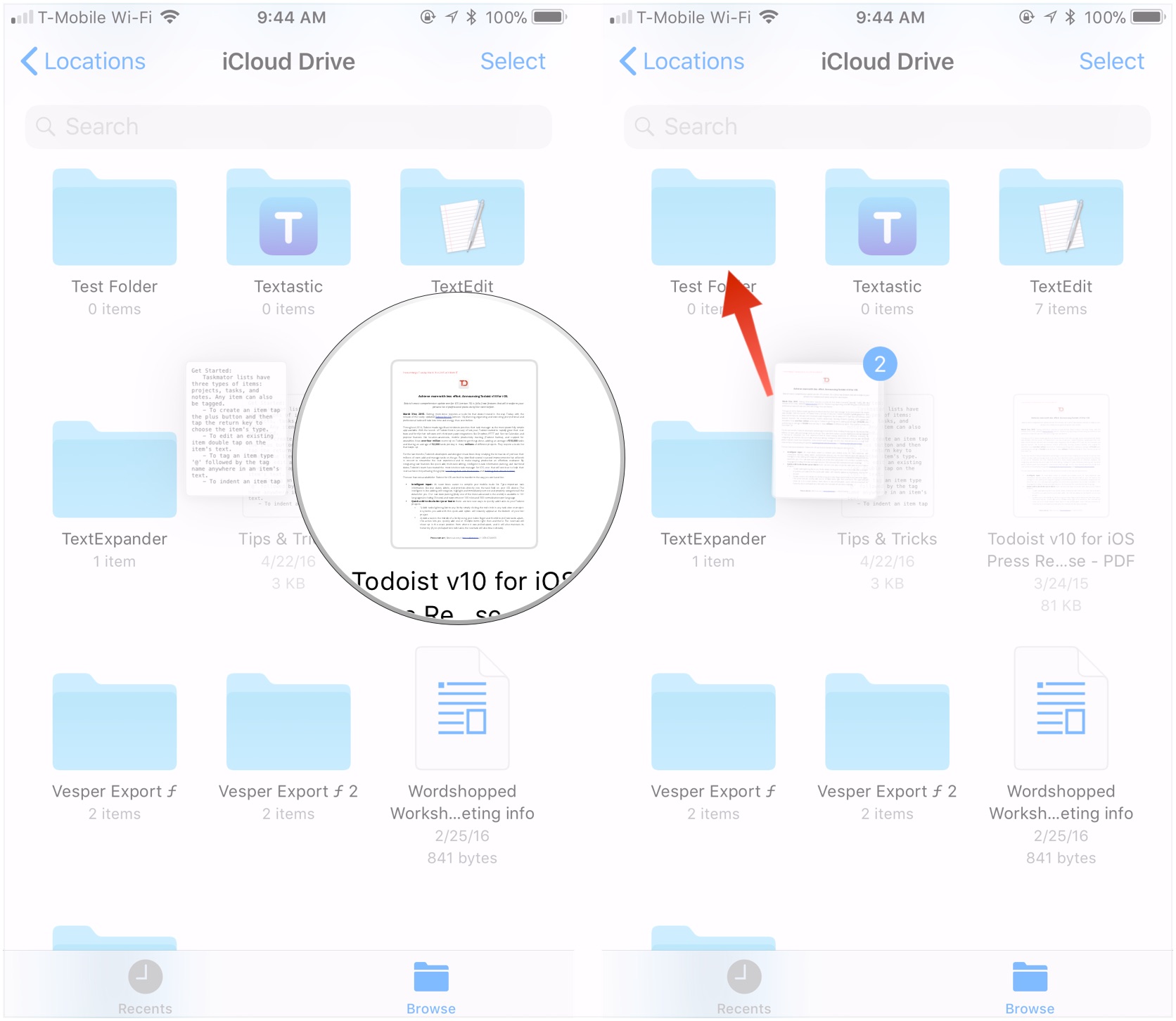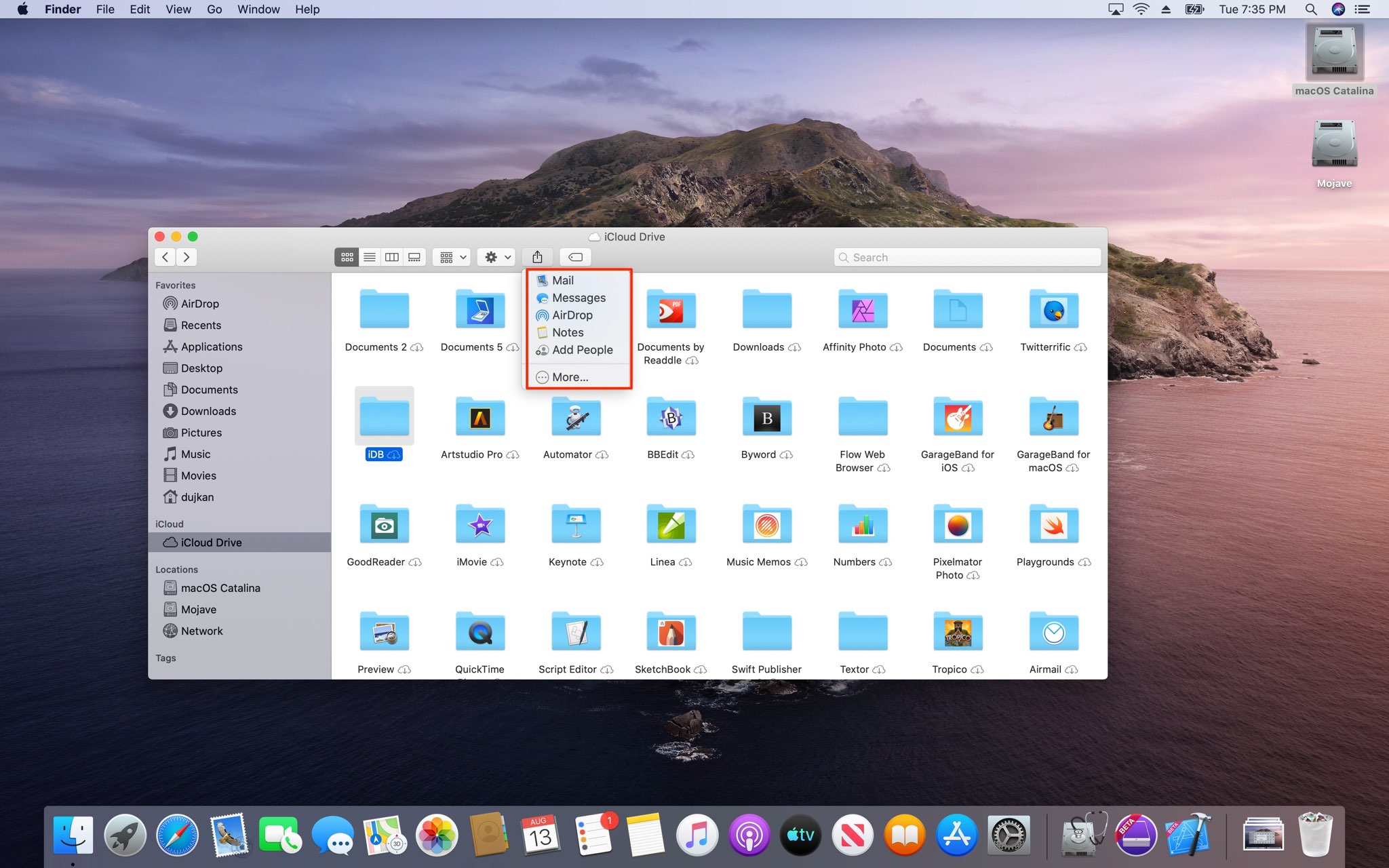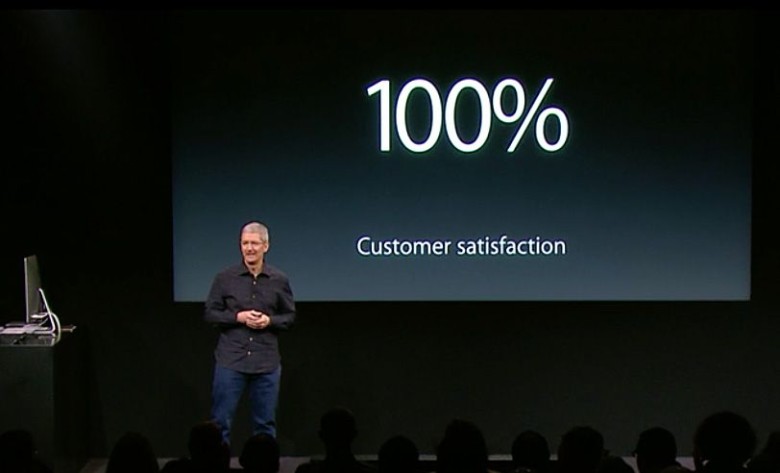With iCloud Sync, you can save all your desktop files on Mac to iCloud Drive, and access them on your iPhone or iPad. Firstly, you can view and access iCloud document in the first part. Just open Finder, find and click iCloud Drive, and view the document files under Desktop and Documents folders. ICloud Drive. Safely store and access all your files in iCloud Drive. Share any folder or file with friends, family, and colleagues right from File Explorer. Save space on your PC by keeping your files in iCloud Drive only. Choose files and folders to keep locally on your PC to ensure you can access them even when offline iCloud.
iCloud Drive is a syncing service and by default keeps a local copy on your Mac drive.
To reduce the space needed on the drive, turn on the Optimize storage option. See the information below from Add your Desktop and Documents files to iCloud Drive - Apple Support
(and note that while the information is in the Desktop and Documents support article, the Optimize option is available even if you are using iCloud Drive without turning on Desktop and Documents option)

Store your files in iCloud and save space on your device
The files that you keep in iCloud Drive use your iCloud storage. And as long as you have enough space in iCloud and on your device, you can store as many files as you like.

If you need more space on your device, iCloud Drive can help. On your Mac, choose Apple menu > System Preferences. Click Apple ID, then click iCloud. On macOS Mojave or earlier, choose Apple menu > System Preferences, then click iCloud. Turn on Optimize Mac Storage. Then your Mac keeps all of your recent files on your computer, but keeps your older ones only in iCloud, ready for you to download when you need them again. If you want to free up more space on your Mac, follow these steps. On your iPhone, iPad, or iPod touch, you can search and browse files from all of your devices and download them only as you need them.
You can also free up space on your device and in iCloud Drive when you delete files. Then go to your Recently Deleted folder in the Files app or on iCloud.com and delete the files there. Before you delete anything, make sure that you back up the files that you still want. When you use iCloud Drive and delete a file on one device, it deletes on your other devices too. iCloud removes the files from every device that you're signed in to with the same Apple ID.
Mar 18, 2020 10:32 AM

As you may know, iCloud Drive enables you to keep all your files up to date on all your devices, which even becomes more convenient to use on iPhone/iPad in iOS 11 with the help of the Files App. In a word, if you have turned iCloud Drive on your Windows PC, Mac and iOS devices, you can keep all your documents and files on all these devices the same. However, the 'iCloud Drive not syncing' issue are frequently reported by iPhone users. If you are reading this article, you must be one of them. If that's the case, no worry, here are the fixes you can try to cope with the problem effectively. Read on to get the details. (For solutions to other common iPhone problems, go to iOS & Mac Topics to find what you need.)
- Notice
- Looking for the free software to transfer photos from iPhone to computer or from computer to your iPhone? Read the article to get what you want.
Fixes to iCloud Drive Not Syncing on Windows 10/Mac/iPhone
Icloud Drive For Macbook Pro


Tip 1: Check your Apple ID and iCloud Drive Settings
Accessing My Icloud Drive
No matter what your problematic device is, Windows PC, Mac or iPhone, you'd better make sure you have signed in to iCloud on these devices with the same Apple ID and you have set up iCloud Drive correctly. Follow the tips below to check your iCloud Drive settings.
- On iPhone in iOS 11: Go to Settings > [your name] > iCloud and scroll down to turn on iCloud Drive.
- On Windows PC: Open the desktop App, iCloud, to check your iCloud settings, check your Apple ID and make sure the checkbox next to iCloud Drive is selected. If not, click the checkbox and choose Apply.
- On Mac: Go to Apple menu > System Preferences > iCloud and then select iCloud Drive.
Tip 2: Update to the latest version of iOS
iCloud Drive not syncing on your iPhone? Update your iOS operating system to the latest version and then check your iCloud Drive documents in the Files App. Go to Settings > General > Software Update and click Install Now if there is a new iOS update available.
Tip 3: Check the Internet connection on your Mac/Windows PC/iPhone
If you find the iCloud Drive does not sync or update, check the Internet connection on these devices. Good Internet connection is an essential part of iCloud Drive syncing. If there is something wrong with the network connection on your devices, fix the network related problem may solve the 'iCloud Drive not syncing' issue. (WiFi not working in iOS 11? Learn how to fix it here.)
Tip 4: Check your iCloud storage
With iCloud Drive on, the documents saved in iCloud will be synced to iCloud Drive automatically. If your iCloud Drive not syncing is because the files don't update to iCloud, you'd better check your iCloud storage by going to Settings > [your name] > iCloud > iCloud Storage or Manage Storage. Or you can try to fix the 'iPhone not syncing to iCloud' issue following the tips in the article about 'iPhone contacts not syncing'.
Tip 5: Hard Restart your Mac or iPhone
If iCloud Drive is not syncing on your Mac or iPhone, perform a hard reset on your device to have a try, which may fix the iCloud Syncing issue by restarting system process.
- On Mac: Go to Apple Menu > Restart.
- On iPhone X/8/8 Plus: Quickly press and release the Volume Up button, quickly press and release the Volume Down button and then press and hold the Sleep/Wake button (side button) until you see the Apple logo.
